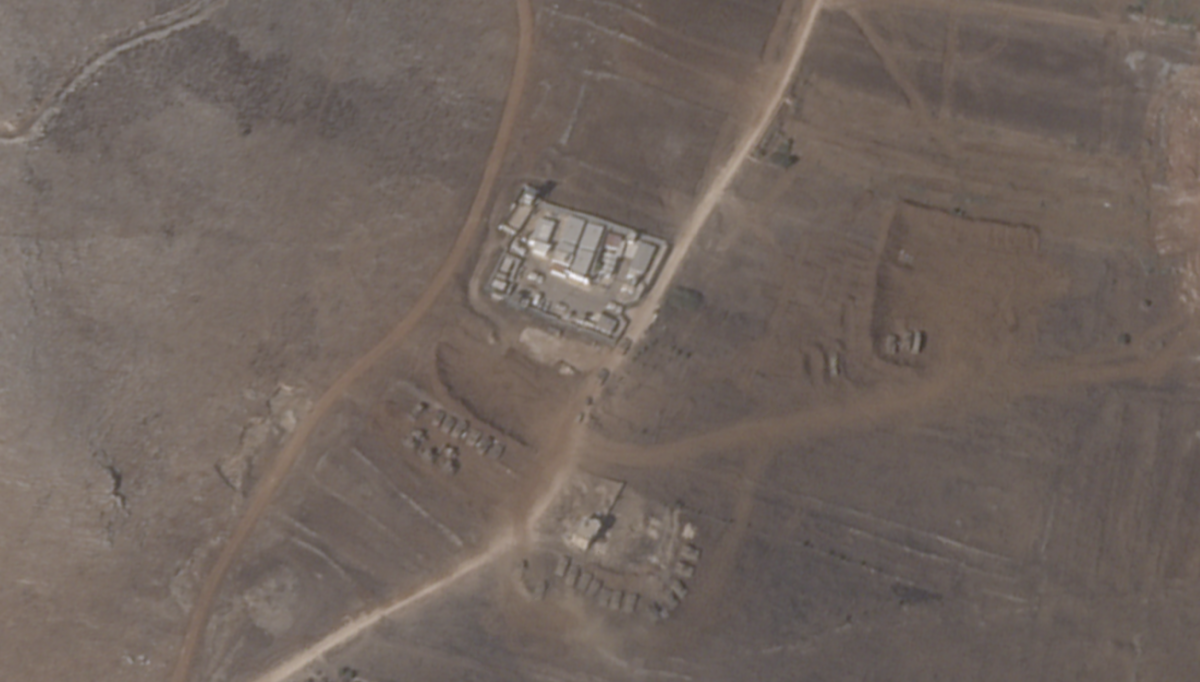It's In The Lebanese President’s Hands, Literally
It did not take more than a few minutes for the Lebanese people to notice something was wrong with their president. This was reflected in a speech that took place last Thursday, October 24, and came eight days after the start of nationwide protests against him and other rulers in Lebanon.
A photo that showed a sudden change in the background, more specifically a change in the configuration of the books behind President Michel Aoun, started spreading online, notably through social media and conventional media outlets, as well as through the phone messaging application WhatsApp.
While the reality is that any astute person would have suspected that the speech was edited, the previous image, which stresses the allegedly moving books, ended up being a useful misinformation tool. It’s not the books that we should worry about here, and I will show as much below.
Here we must keep in mind that there is a difference in suspecting that a video was edited and setting out to prove as much.
Twitter activist and President Aoun supporter, @Jay_Aoun, tweeted an image that claims to debunk the idea that the books have moved — by explaining why the books in the background may look different without necessarily having been moved. According to him, the first camera is facing the president and therefore hiding the leaning books behind him, while the second camera is shooting at a 45 degree angle, showing the leaning books behind his back.
A closer review of the footage shows that the books did not in fact move, but that, on the contrary, lots of efforts were made to keep everything the same throughout the multiple, edited passages.
Here is the YouTube video uploaded to President Michel Aoun’s channel on 24/10/2019:
What betrayed all the efforts at hiding the president’s inability to deliver an unedited ten-minute-and-forty-two-seconds speech was the president himself. More specifically, his hands.
While he is sitting behind his desk, the location of his hands and fingers around the desk pad varies within a split second almost every time the camera cuts to a new angle, and without him making that transitional movement.
This is an impossible scenario for a single take, and instead suggests heavy editing: splicing from various takes and combining them for the best possible effort to project a continuous speech. This abrupt, unexplained change in hand location happened eight times out of ten camera changes — not counting the return to the original angle — and therefore suggests the possibility of using different versions of the recorded speech at varying intervals, ranging from nine seconds to three minutes and 42 seconds, or the need to edit out intermediate passages.
The first edit was proved to happen 44 seconds after the start of the speech as seen below, with President Aoun’s hands changing in the same second (at 0:44) between the two camera angles:
While another change of camera angle was observed at one minute and 40 seconds (1:40), the lack of significant variation in the hands’ configuration could not prove that any edits were made in this particular instance:
A second edit was demonstrated at one minute and 58 seconds (1:58), again with the different camera angles showing different hands’ positions within the same second:
The third edit came only nine seconds after the second one, which is at two minutes and seven seconds (2:07):
The fourth at edit is seen at three minutes and 21 seconds (3:21):
The fifth edit at four minutes and 55 seconds (4:55):
The sixth proven edit came at the fifth minute and 49 seconds (5:49):
The seventh edit came at six minutes and six seconds (6:06):
At minute seven and 42 seconds (7:42) a lack of changes concerning the hands does not allow one to prove that an edit occurred at the switch-off between the cameras:
And finally, the last edit came at nine minutes and two seconds (9:02):
What Does This Prove?
First of all, this proves that the president’s last speech was not broadcast live, as presented by many Lebanese and international television stations.
More importantly, it proves that the president could not deliver an unedited ten-minute speech. There are two scenarios that may explain this result. The first one is that he could not read his own speech at once, therefore needing at least two different trial runs (and possibly more) that were filmed at two different angles, with the presidential palace’s editors having to pick the acceptable passages from the multiple versions and combine them into one. The second possibility is that this is a longer presidential speech with at least eight passages spliced out of it.
Why Is This Important?
A speech that is addressed to the nation is, for a politician, one of the most important methods of communication. This one in particular comes eight days after widespread street protests calling for the whole nation’s regime to change and for every leader’s resignation.
It also comes at a time when Lebanon is facing multiple political, financial, and social crises; ones that require energetic, trustworthy, and accountable people on board. In ancient Egypt, the pharaoh had to prove strength and stamina through successful completion of a course around his court. It is believed that those who could not perform the ritual were deemed unfit for rule.
The montage offered in lieu of a live speech invites the question of whether the 84-year-old president is capable, or is being transparent enough, in such demanding times — corners about his health have, after all, been raised before — and such concerns now arise beside the fact of the nationwide revolt against his governance.















